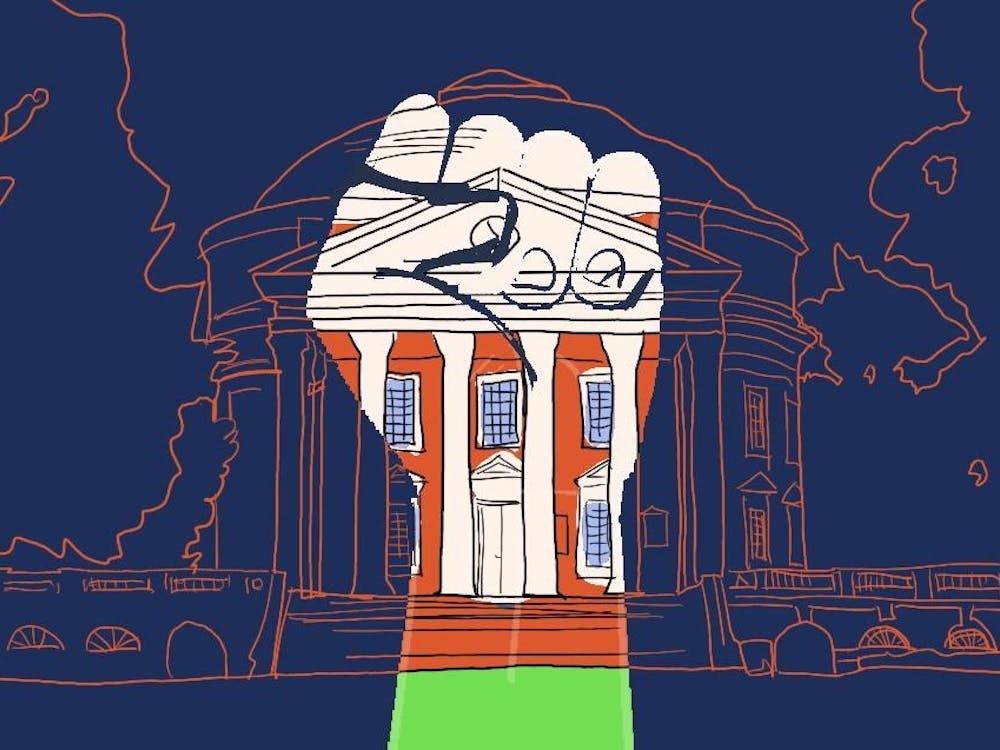What is a university for? In an ideal world, it is a place where people with intelligence and a strong work ethic can learn and prepare themselves to enter the competitive global marketplace. But we expect much more from universities than that. Workout facilities, dining halls, sporting events and concerts are only a few examples of benefits to which students feel they are entitled. This creates pressure on universities — including ours — to make college a fun place at the cost of accessibility. The University is doing much less to make education available than it should, much less than many of its peers. It is easy to blame the administration for this, but we are all complicit in the lack of student aid the University provides.
In 2014-15, only 2.6 percent of total University expenses were used for financial aid, and in the last few years that number has not exceeded 2.8 percent. That comes out to around $74.5 million spent on financial aid by the University last year. For perspective, the University is spent over $61 million just renovating New Cabell Hall, which was a very nice but unneeded renovation. While student aid has remained fairly stable, tuition has consistently increased. Student tuition revenues increased 6.9 percent between 2014 and 2015, while student aid only increased 1 percent; between 2012 and 2013 tuition increased 5.3 percent while student aid increased a paltry 0.3 percent. If the increased tuition is not going towards student aid, where is it going? It partially goes toward making up for lack of state funding, another issue, but it also goes towards funding all the benefits we enjoy as University students.
It is possible for the University to do better. The New York Times releases a College Access Index every year that measures top colleges’ efforts at economic diversity. For 2015 the University was ranked 102nd while the University of California, Berkeley, a comparable public institution, was ranked seventh. A big difference here is the number of people the schools deem as having financial needs, with Berkeley taking on a much greater number. This translates directly into a significantly lower amount of debt for Berkeley graduates despite the cost of attendance being over $6,000 more than at the University.
The University has made an effort to move away from it’s traditional neglect of student aid with Affordable Excellence. This program is a step in the right direction, but it also reveals the University's continuing commitment to priorities other than student aid. Instead of cutting existing funding the University decided to raise tuition in order to fund increased student aid. Instead of cutting any of the benefits students enjoy so much, the University opted to place a higher burden on families that could afford to pay full tuition. This is in some ways unfair, but the University also has its hands tied. We expect so much from them as an institution that if they scale back any existing programs, there is a legitimate fear students will simply go to a different school that gives them more.
The implications of these data are clear: the University is not primarily concerned with providing opportunities for learning or giving their students an affordable education. Though the administration is certainly part of the problem, a drastic change in student attitude would allow the University to provide for all students. Most University students take a great deal of pride in going to an “elite” college with national recognition. I also take pride in the University and admire how it constantly pushes to be one of the best University in the world. But I for one am not satisfied by a high college ranking or nicer facilities when the University fails in its basic mission to provide opportunity for all students to learn. Can we be one of the top colleges in the nation while failing to provide opportunities for so many? I urge all of you to consider if you truly value an affordable, diverse University even if it means not having all the benefits you expect schools to provide.
Bobby Doyle is an Opinion columnist for The Cavalier Daily. He can be reached at b.doyle@cavalierdaily.com.






